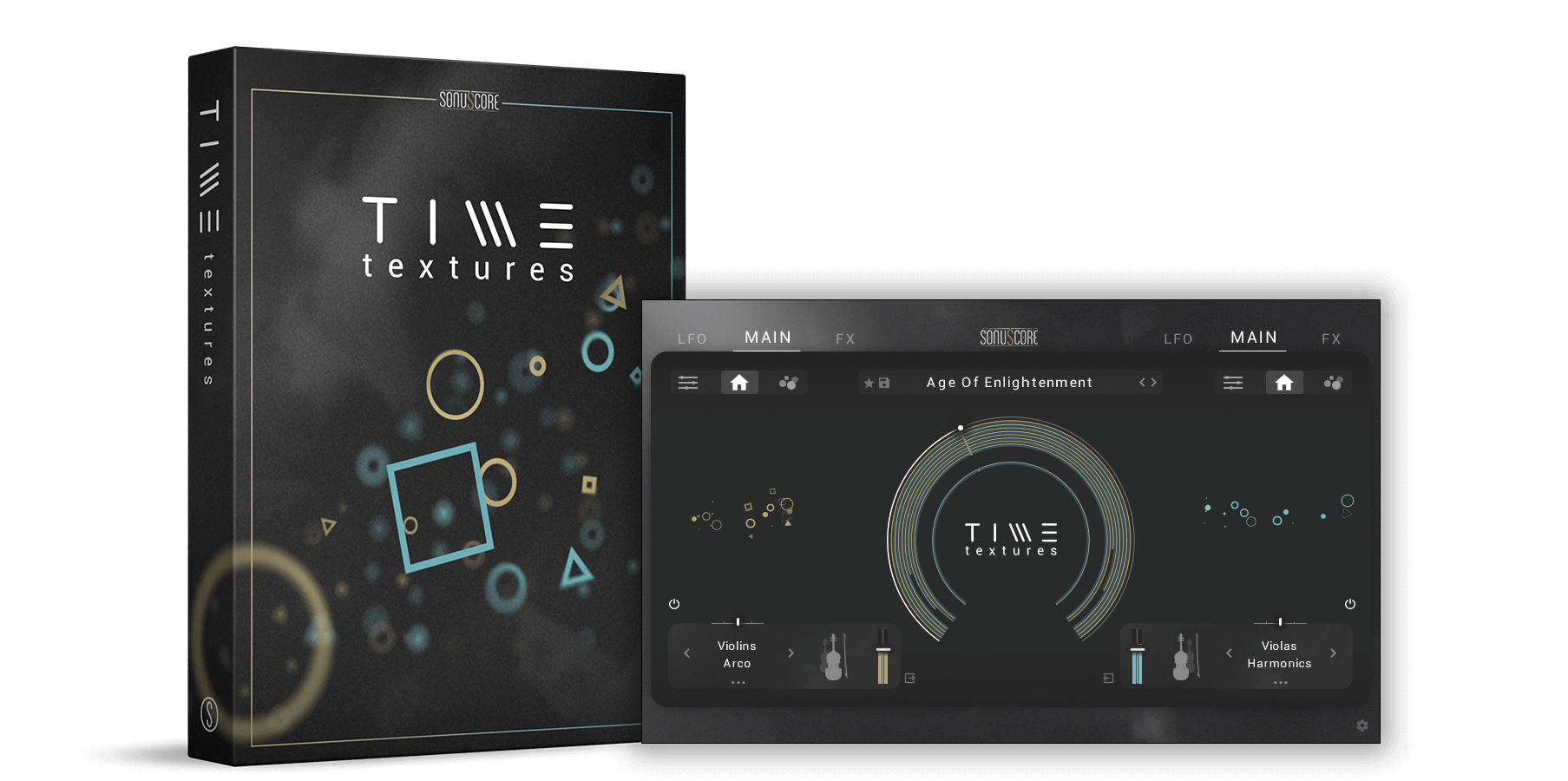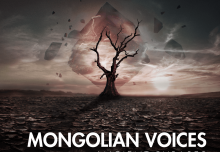
NEW RELEASE | TIME TEXTURES
Traditional multi-sampling has its limits. Even the best orchestral libraries must suffer from the constraints of the process. Sound designers create standard instruments by recording a sustain in all or most of the notes, perhaps a few articulations, and then spread them out across the keyboard. Extended sustains are essentially made from looping specific parts of the tail.
The issue then comes with the sustains. The sustain must be looped for the duration of the held note. At some point this becomes repetitive and dull. With TIME TEXTURES, we’ve solved that problem. By using particles of sound from various articulations, we’ve created an orchestral library with the most natural sounding held notes. We’ve even gone one step further and crafted the instrument into a complete sonic exploration of creativity.
Introducing Time Textures
Time Textures uses its own custom-built engine to create exciting moving soundscapes. In constant consultation with our composers, we refined this instrument to provide our compositions with a pure and organic sound, using our own high-quality orchestral recordings. From adding natural texture to delicate string chords to creating moving atmospheric soundscapes – with its palette of 25 orchestral patches, 200+ presets and endless possible fx chain combinations, TIME TEXTURES will find a spot in each project.
When designing the instrument, we wanted to figure out how to make standing chords more interesting than what modern film compositions tend to currently use. TIME TEXTURES fuses short, 3-second-long sound snippets – what we call “particles” – creating intricate and beautiful soundscapes. Using this method, it offers many more possibilities to control the sound in real time than would a traditional orchestral instrument.
Though we’ve created what under-the-hood is a very deep and complex instrument, we’ve made it surprisingly simple to use. Nearly everything can be tied to the mod wheel. You can change the sonic surfaces you produce in very simple and profound ways using that single controller.
How we created TIME TEXTURES
We went down to Budapest to work with the Budapest Orchestra to record many of the orchestral sounds that would be used in the instrument. Besides those recordings, we also hand-picked a selection from our flagship, The Orchestra Complete 2.
The tricky thing about orchestral instruments is that in a normal sustain, it might sound fairly identical to the sounds around it. The particles that are playing then would have little to no variation. The varying sounds and textures must be coaxed from the instruments.
That’s why we used a variety of articulation techniques, and these articulations can be faded in and out using the movement slider. For the strings, we used mostly staccato and tremolo; for the winds tenuto, triplet tongue, and staccato; and for the brass tongue staccato and flutter marcatos as well as swarms. On the harp we used harmonics, and with the piano we used a mix of hitting the strings with mallets and muting the strings while picking them.
Emitters
TIME TEXTURES uses two sound emitters to create both massive and intimate orchestral soundscapes. Under the different “seed” settings you can control how the engine emits the particles. On the Emitter Page, you can further controls regarding the particle management on the two layers.
The real magic though is in the Control Page, where you can define the different settings that can be tied to the modwheel. Our collection of over 200 presets gives you a good starting point to figure out how to handle it all.
TRY IT TODAY
Try out this incredible sonic exploration. TIME TEXTURES is a true modern orchestral tool for the modern composer.






